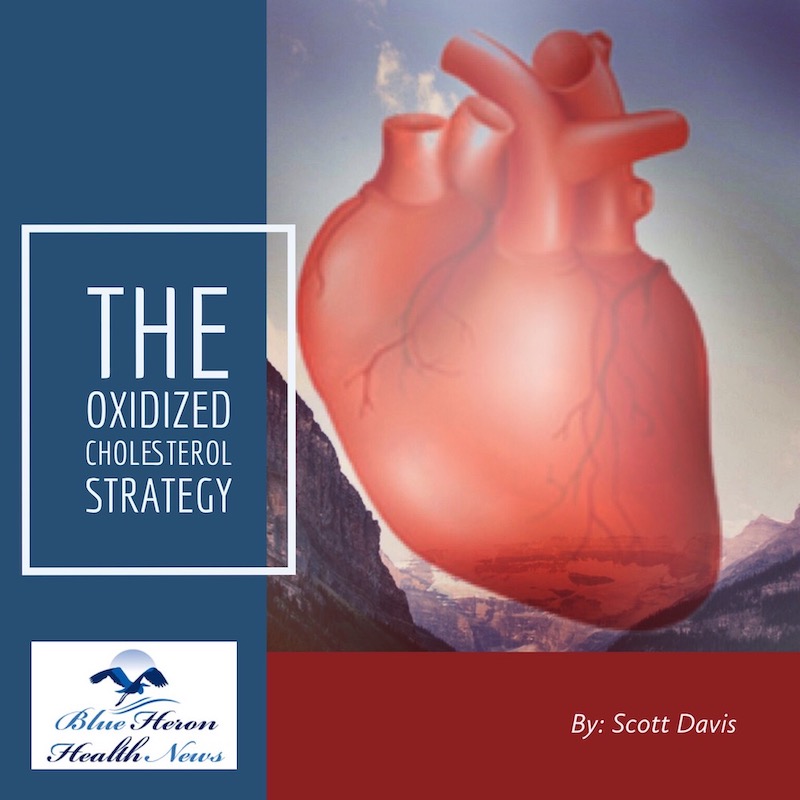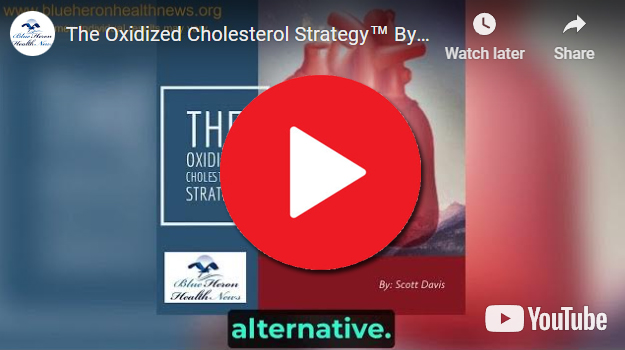
The Oxidized Cholesterol Strategy™ By Scott Davis The Oxidized Cholesterol Strategy is a well-researched program that reveals little known secret on how to tackle cholesterol plaque. This program will tell you step by step instructions on what you need to completely clean plaque buildup in your arteries so as to drop your cholesterol to healthy level.
What is the role of inflammation in the oxidation of cholesterol?
Inflammation plays a crucial role in the oxidation of cholesterol and the subsequent development of cardiovascular disease. The relationship between inflammation and cholesterol oxidation is complex and involves multiple pathways that contribute to atherosclerosis. Here’s a detailed explanation of how inflammation influences the oxidation of cholesterol:
1. Initiation of Inflammation
Endothelial Dysfunction
- Endothelial Injury: Inflammation often begins with endothelial dysfunction, where the inner lining of the blood vessels becomes damaged. This can be caused by factors such as high blood pressure, smoking, and elevated blood sugar levels.
- Increased Permeability: Damaged endothelial cells become more permeable, allowing LDL cholesterol to enter the arterial wall more easily.
Activation of Endothelial Cells
- Adhesion Molecule Expression: Inflammatory signals cause endothelial cells to express adhesion molecules (e.g., VCAM-1, ICAM-1), which attract and bind circulating monocytes and other immune cells to the endothelial surface.
2. Migration of Immune Cells
Monocyte Recruitment
- Chemokine Release: Inflammatory cytokines and chemokines (e.g., MCP-1) attract monocytes to the site of endothelial injury.
- Diapedesis: Monocytes migrate through the endothelial layer into the intima (inner layer) of the arterial wall.
3. Oxidation of LDL Cholesterol
Role of Reactive Oxygen Species (ROS)
- Production of ROS: Inflammatory cells, such as activated macrophages and endothelial cells, produce reactive oxygen species (ROS) and reactive nitrogen species (RNS) during the inflammatory response.
- Oxidation Process: ROS and RNS interact with LDL particles, leading to the oxidative modification of LDL cholesterol. This oxidized LDL (OxLDL) is more atherogenic than native LDL.
4. Formation of Foam Cells
Uptake of OxLDL by Macrophages
- Scavenger Receptors: Macrophages in the arterial wall express scavenger receptors (e.g., CD36, SR-A) that recognize and take up OxLDL.
- Foam Cell Formation: The accumulation of OxLDL within macrophages transforms them into foam cells, which are lipid-laden cells that contribute to the formation of fatty streaks, the earliest lesions in atherosclerosis.
5. Propagation of Inflammation
Cytokine Production
- Pro-Inflammatory Cytokines: OxLDL stimulates macrophages and other immune cells to produce pro-inflammatory cytokines (e.g., IL-1β, IL-6, TNF-α), which amplify the inflammatory response.
- Chronic Inflammation: This creates a self-perpetuating cycle of chronic inflammation, further promoting the oxidation of LDL and the progression of atherosclerosis.
Immune Cell Recruitment
- Continued Recruitment: The ongoing inflammatory response attracts additional immune cells, including more monocytes, T-cells, and dendritic cells, to the site of the lesion.
6. Plaque Development and Instability
Plaque Formation
- Atherosclerotic Plaques: The accumulation of foam cells, inflammatory cells, and extracellular matrix forms atherosclerotic plaques within the arterial wall.
- Necrotic Core: As foam cells die, they release their lipid content, contributing to the formation of a necrotic core within the plaque.
Plaque Instability
- Matrix Metalloproteinases (MMPs): Inflammatory cytokines stimulate the production of MMPs, which degrade the extracellular matrix and weaken the fibrous cap of the plaque.
- Rupture and Thrombosis: A weakened fibrous cap is prone to rupture, exposing the necrotic core to the bloodstream, leading to thrombus formation and potentially causing acute cardiovascular events like heart attacks and strokes.
7. Systemic Effects of Inflammation
Increased Oxidative Stress
- Systemic Inflammation: Chronic systemic inflammation, as seen in conditions like obesity, diabetes, and autoimmune diseases, increases overall oxidative stress, leading to more widespread oxidation of LDL cholesterol.
Vicious Cycle
- Cycle of Inflammation and Oxidation: OxLDL itself is a pro-inflammatory agent, perpetuating the cycle of inflammation and further oxidation of LDL, driving the progression of atherosclerosis.
Conclusion
Inflammation plays a central role in the oxidation of cholesterol and the development of atherosclerosis. It initiates endothelial dysfunction, recruits immune cells, promotes the production of ROS, and leads to the oxidative modification of LDL cholesterol. The resulting OxLDL stimulates further inflammation, forming a self-perpetuating cycle that drives the progression of atherosclerotic plaque formation and instability. Understanding the interplay between inflammation and cholesterol oxidation highlights the importance of managing inflammation to prevent cardiovascular disease. Strategies such as anti-inflammatory therapies, lifestyle modifications, and antioxidant-rich diets can help break this cycle and protect cardiovascular health.
The Oxidized Cholesterol Strategy™ By Scott Davis The Oxidized Cholesterol Strategy is a well-researched program that reveals little known secret on how to tackle cholesterol plaque. This program will tell you step by step instructions on what you need to completely clean plaque buildup in your arteries so as to drop your cholesterol to healthy level.
